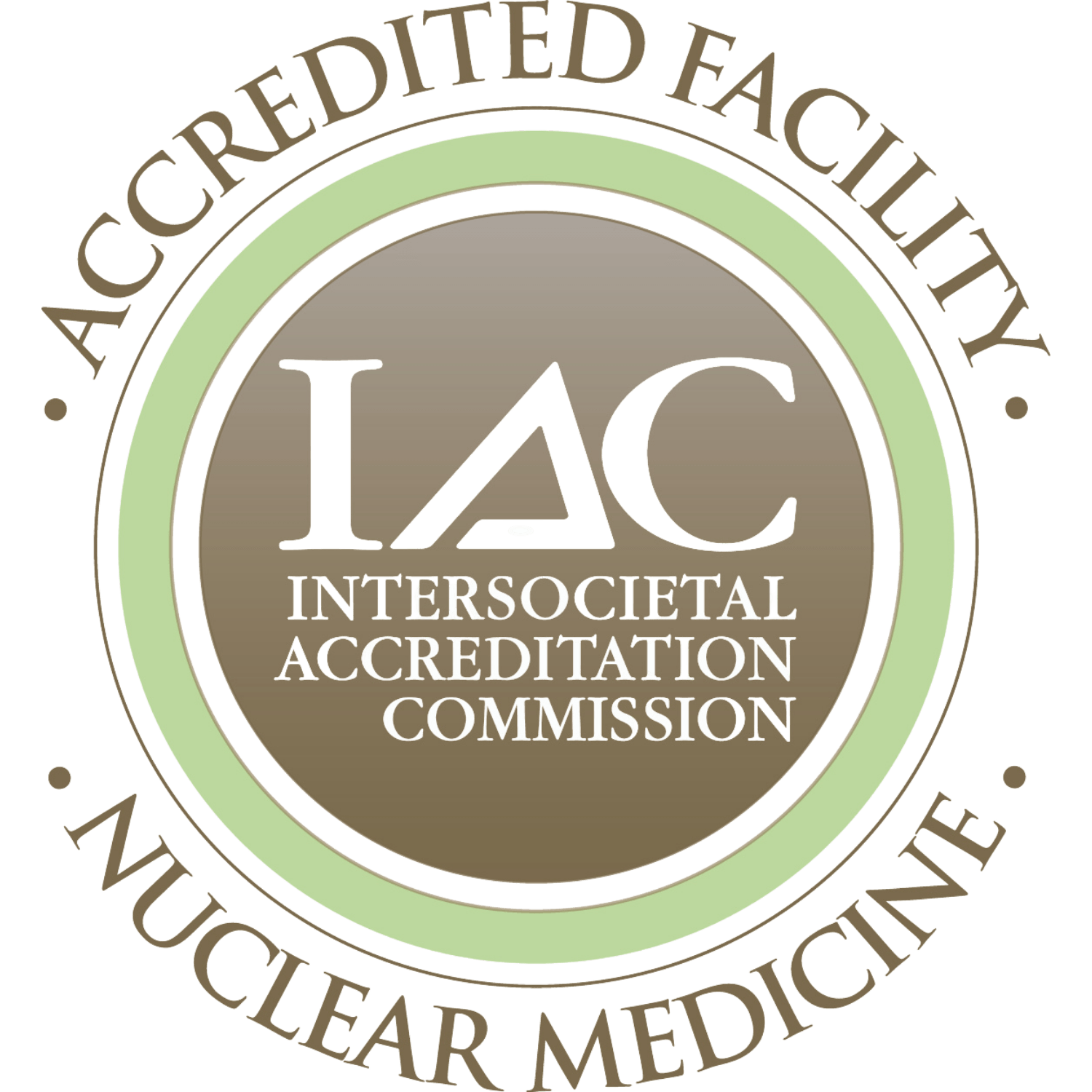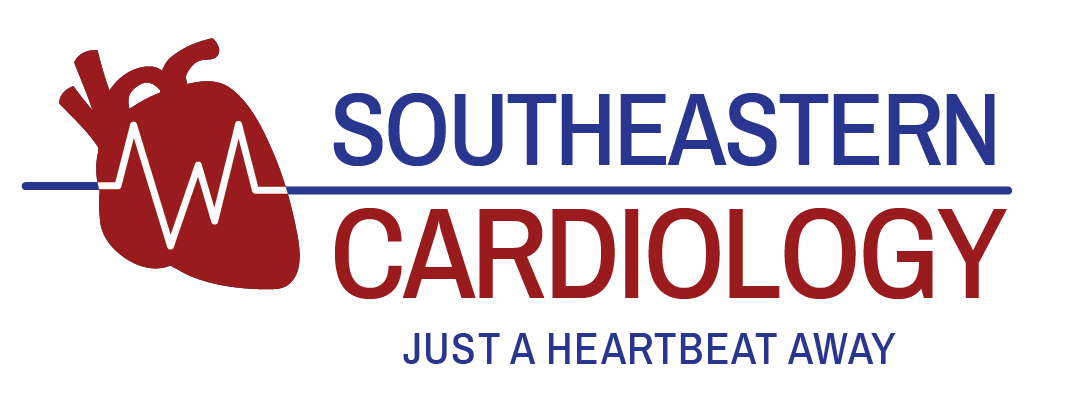Make an appointment with us today! 334-613-0807
Services
Diagnostic Services
Stress testing provides information about how your heart works during physical stress. Some heart problems are easier to diagnose when your heart is working hard and beating fast.
During stress testing, you exercise (walk or run on a treadmill or pedal a stationary bike) to make your heart work hard and beat fast. Tests are done on your heart while you exercise.
Doctors usually use stress testing to help diagnose Coronary Heart Disease (CHD) and to find out the severity of CHD.
CHD is a disease in which a waxy substance called plaque builds up in the coronary arteries. These arteries supply oxygen-rich blood to your heart.
You may not have any signs or symptoms of CHD when your heart is at rest. But when your heart has to work harder during exercise, it needs more blood and oxygen. Narrow arteries can't supply enough blood for your heart to work well. As a result, signs and symptoms of CHD may occur only during exercise.
- To check how blood is flowing to the heart muscle.
- To look for damaged heart muscle.
- To see how well your heart pumps blood to your body.
A nuclear heart scan is a test that provides important information about the health of your heart.
For this test, a safe, radioactive substance called a tracer is injected into your bloodstream through a vein. The tracer travels to your heart and releases energy. Special cameras outside of your body detect the energy and use it to create pictures of your heart.
Nuclear heart scans are used for three main purposes:
During a stress test, you exercise to make your heart work hard and beat fast.
- To check how blood is flowing to the heart muscle.
- To look for damaged heart muscle.
- To see how well your heart pumps blood to your body.
A nuclear heart scan is a test that provides important information about the health of your heart.
For this test, a safe, radioactive substance called a tracer is injected into your bloodstream through a vein. The tracer travels to your heart and releases energy. Special cameras outside of your body detect the energy and use it to create pictures of your heart.
Nuclear heart scans are used for three main purposes:
Cardiac Positron Emission Tomography/Computed Tomography (PET/CT) is a painless test that uses an x-ray machine to take clear, detailed pictures of the heart. Doctors use this test to look for heart problems.
During a cardiac CT scan, an x-ray machine will move around your body in a circle. The machine will take a picture of each part of your heart. A computer will put the pictures together to make a three-dimensional (3D) picture of the whole heart.
The PET/CT can also see calcium buildup on the walls of your coronary arteries. This is called Cardiac Calcium Scoring. Calcium in the arteries is a sign of Coronary Artery Disease.
Cardiac Positron Emission Tomography/Computed Tomography (PET/CT) is a painless test that uses an x-ray machine to take clear, detailed pictures of the heart. Doctors use this test to look for heart problems.
During a cardiac CT scan, an x-ray machine will move around your body in a circle. The machine will take a picture of each part of your heart. A computer will put the pictures together to make a three-dimensional (3D) picture of the whole heart.
Sometimes an iodine-based dye (contrast dye) is injected into one of your veins during the scan. The contrast dye highlights your coronary (heart) arteries on the x-ray pictures. This type of CT scan is called a coronary CT angiography, or CTA.
Echocardiography, or echo, is a painless test that uses sound waves to create moving pictures of your heart. The pictures show the size and shape of your heart. They also show how well your heart's chambers and valves are working.
Echo also can pinpoint areas of heart muscle that aren't contracting well because of poor blood flow or injury from a previous heart attack. A type of echo called Doppler ultrasound shows how well blood flows through your heart's chambers and valves.
Echo can detect possible blood clots inside the heart, fluid buildup in the pericardium (the sac around the heart), and problems with the aorta. The aorta is the main artery that carries oxygen-rich blood from your heart to your body.
Doctors also use echo to detect heart problems in infants and children.
An electrocardiogram, also called an EKG or ECG, is a simple, painless test that records the heart's electrical activity. To understand this test, it helps to understand how the heart works.
With each heartbeat, an electrical signal spreads from the top of the heart to the bottom. As it travels, the signal causes the heart to contract and pump blood. The process repeats with each new heartbeat.
The heart's electrical signals set the rhythm of the heartbeat.
An EKG shows
How fast your heart is beating
Whether the rhythm of your heartbeat is steady or irregular
The strength and timing of electrical signals as they pass through each part of your heart
Doctors use EKGs to detect and study many heart problems, such as heart attacks, Arrythmias and heart failure.
A Holter monitor is a machine that continuously records the heart's rhythms. The monitor is usually worn for 24 - 48 hours during normal activity.
Electrodes (small conducting patches) are stuck onto your chest and attached to a small recording monitor. You carry the Holter monitor in a pocket or small pouch worn around your neck or waist. The monitor is battery operated.
While you wear the monitor, it records your heart's electrical activity. You should keep a diary of what activities you do while wearing the monitor. After 24 - 48 hours, you return the monitor to your doctor's office. The doctor will look at the records and see if there have been any irregular heart rhythms.
It is very important that you accurately record your symptoms and activities so that the doctor can match them with your Holter monitor findings.

A pacemaker is a small device that's placed in the chest or abdomen to help control abnormal heart rhythms. This device uses electrical pulses to prompt the heart to beat at a normal rate.
Pacemakers are used to treat Arrhythmias. Arrhythmias are problems with the rate or rhythm of the heartbeat. During an arrhythmia, the heart can beat too fast, too slow, or with an irregular rhythm.
A pacemaker can relieve some arrhythmia symptoms, such as fatigue and fainting. A pacemaker also can help a person who has abnormal heart rhythms resume a more active lifestyle.
In the era of communication technology, new options are now available for following-up patients implanted with pacemakers (PMs) and defibrillators (ICDs). Most major companies offer devices with wireless capabilities that communicate automatically with home transmitters, which then relay data to the physician, thereby allowing remote patient follow-up and monitoring.

A Carotid ultrasound study is a test which uses sound waves to examine the structures inside the body and to evaluate blood flow. The Carotid Ultrasound can detect problems with your arteries in your neck.
While lying down, a gel will be spread on the area to be examined. A handheld instrument, called a transducer, sends and receives high frequency sound waves which are turned into a picture.
There is no discomfort in this test.
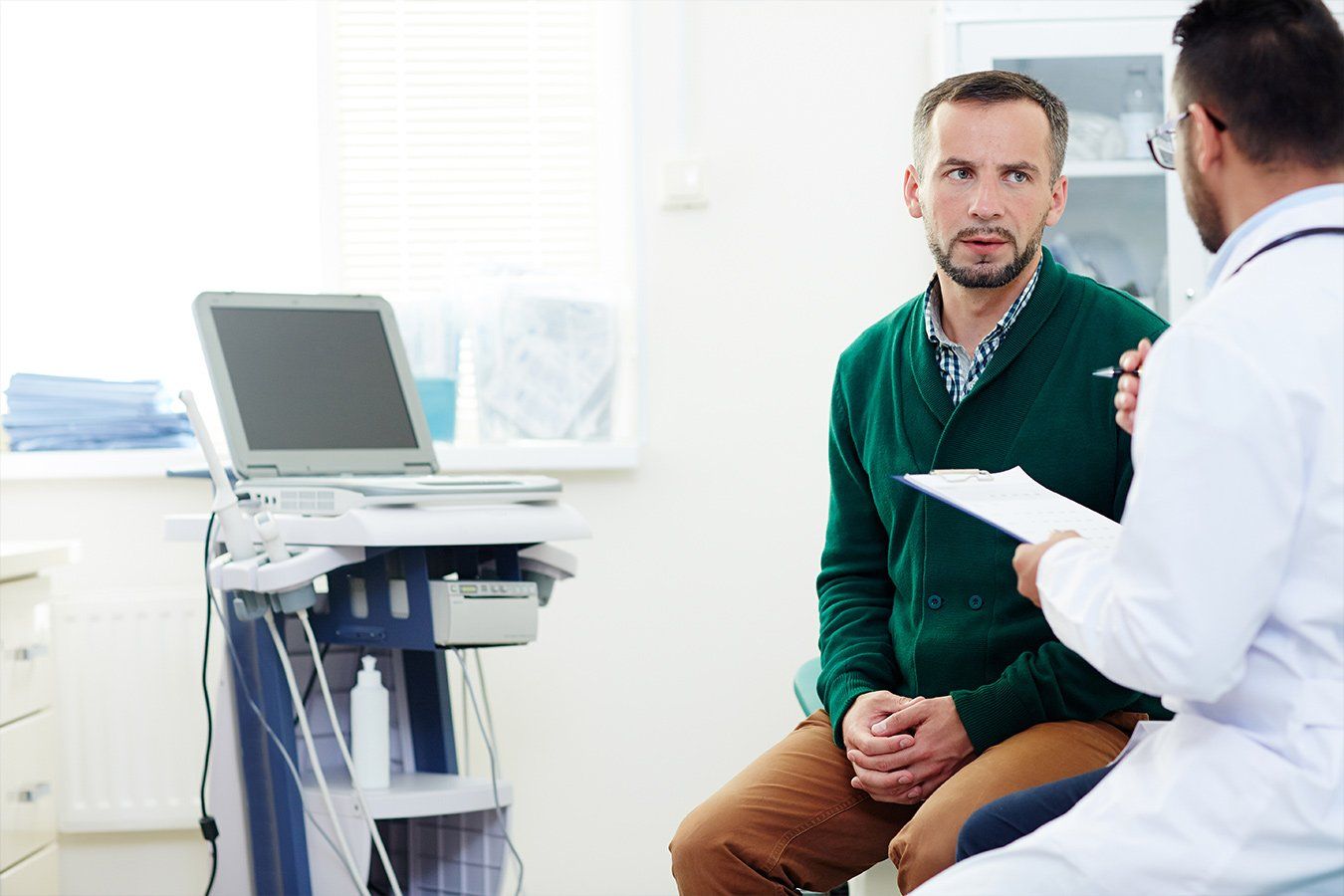
A Upper/Lower Extremity Venous Ultrasound study is a test which uses sound waves to examine the structures inside the body and to evaluate blood flow. The Venous Ultrasound can detect problems with your veins.
While lying down, a gel will be spread on the area to be examined. A handheld instrument, called a transducer, sends and receives high frequency sound waves which are turned into a picture.
There is no discomfort in this test.

A Upper/Lower Extremity Arterial Ultrasound study is a test which uses sound waves to examine the structures inside the body and to evaluate blood flow. The Atrial Ultrasound can detect problems with your main arteries.
While lying down, a gel will be spread on the area to be examined. A handheld instrument, called a transducer, sends and receives high frequency sound waves which are turned into a picture.
There is no discomfort in this test.
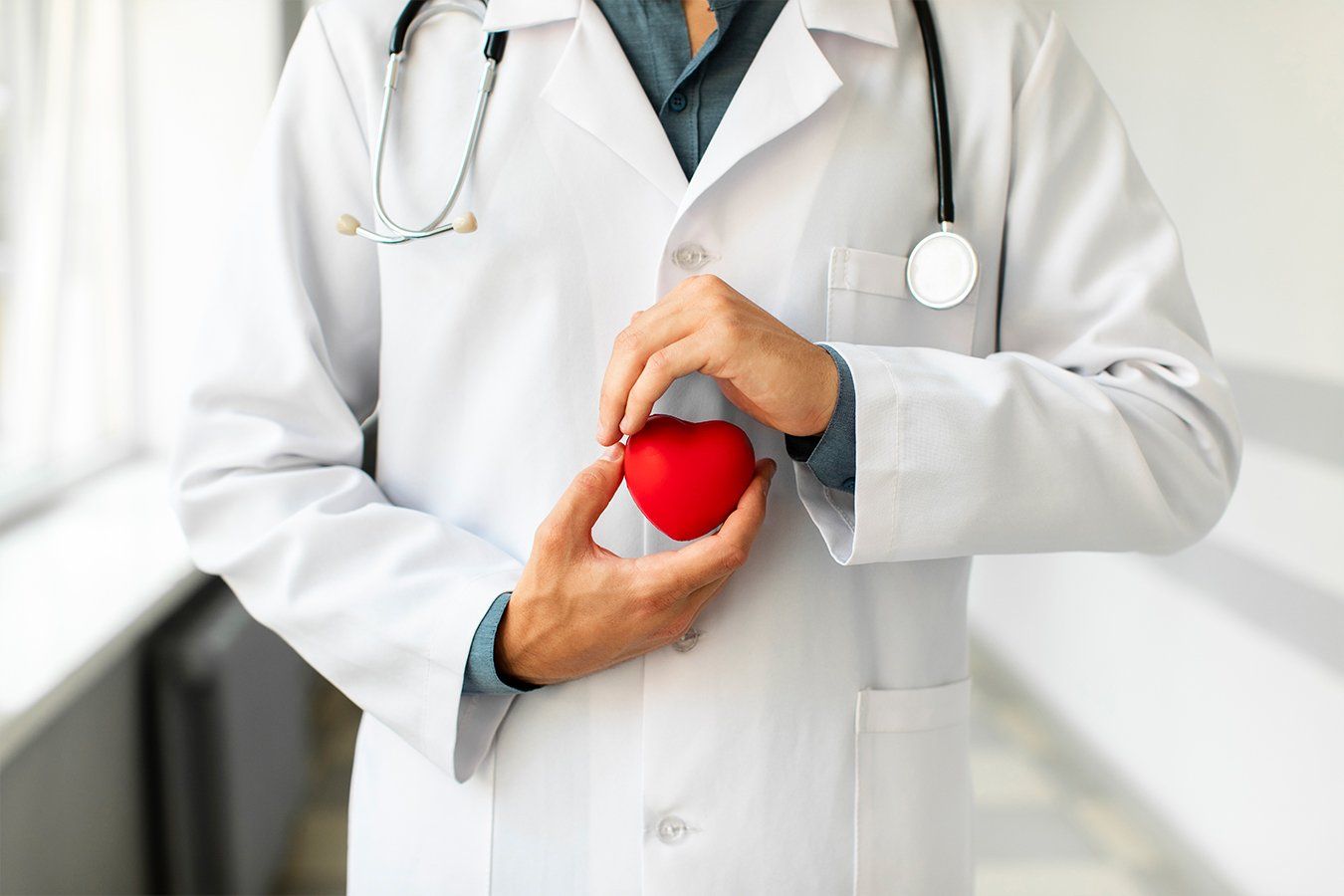
A Renal Artery Ultrasound study is a test which uses sound waves to examine the structures inside the body and to evaluate blood flow. The Carotid Ultrasound can detect problems with your Renal Artery, the blood supplier for your Kidneys.
While lying down, a gel will be spread on the area to be examined. A handheld instrument, called a transducer, sends and receives high frequency sound waves which are turned into a picture.
There is no discomfort in this test.

The Anticoagulant Clinic is a service established to monitor and manage the medication(s) that you take to prevent blood clots. The clinic will check your blood test and adjust your dose of warfarin as well as other medicines that may be needed.
Warfarin can be a dangerous medicine if not closely monitored. While on warfarin, your blood clotting time or INR must be checked at least once a month, but more often when first starting this medicine, when changes are made to your other medications, or if your INR results are not within the therapeutic range.
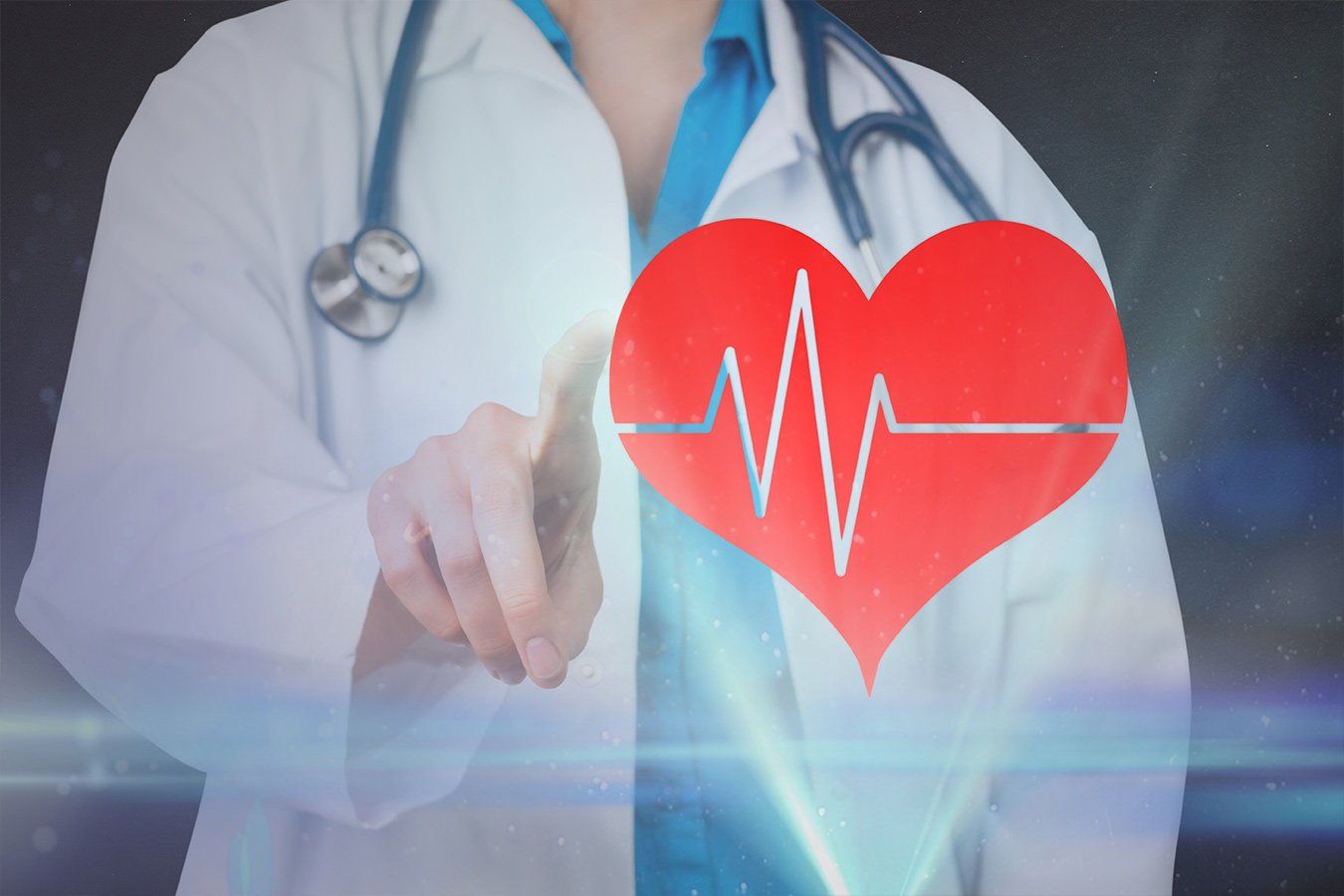
The purpose of a preoperative evaluation is not to “clear” patients for elective surgery, but rather to evaluate and, if necessary, implement measures to prepare higher risk patients for surgery. Pre-operative outpatient medical evaluation can decrease the length of hospital stay as well as minimize postponed or cancelled surgeries.
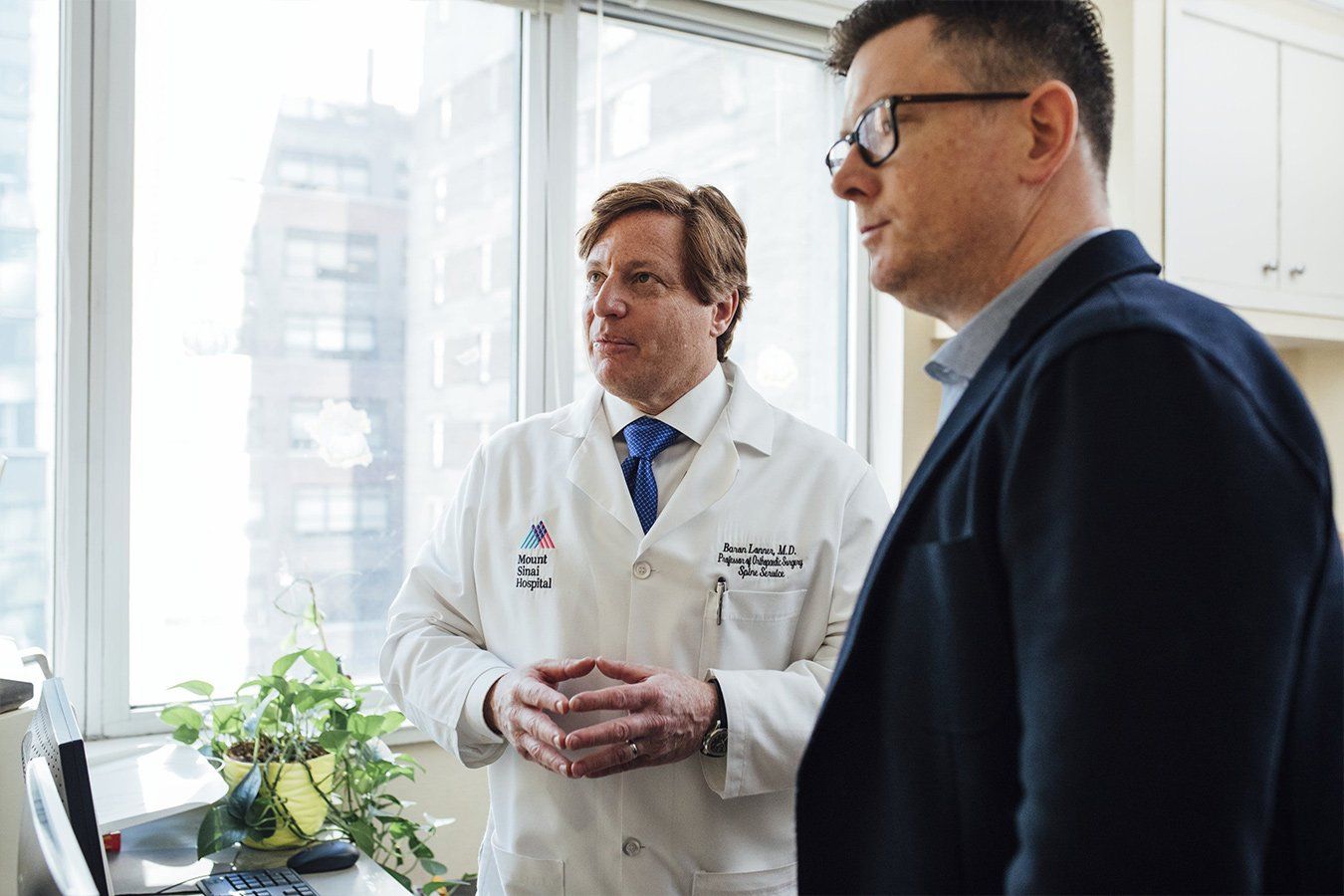
As a cardiology patient, nutrition plays a key role in your overall health. Nutritional counseling is provided to help patients implement dietary changes that will provide for the greatest long-term cardiology benefits.


